How does Google Photos work? How to make the most of 15GB of free storage?
Before June 1, 2021, Google allowed users to save unlimited photos on Google Photos. However, from June 1, 2021 on, all photos you upload will count towards the 15GB of free space that Google gives your account. When you run out of free storage, you'll have to pay for the additional storage.
Google Phot gives you two photo upload options, "High quality" and "Original quality" . In this article, we will help you understand how Google Photos works, the difference between "High Quality" and "Original", and then come up with the most efficient solution with 15GB of free storage.
How does Google Photos work?
If you don't mind the message that pops up when you install Google Photos on a new device, or don't check the app's settings, you won't know the difference between the quality options for the photos/videos you download. up.
To give you a better understanding of Google Photos' "High Quality" and "Original" options and what happens when uploading large and RAW images, PhoneArena conducted a small test.
First, let's see how Google defines the two photo quality options on Google Photos:
High Quality:
This is a new option, effective June 1, 2021/20
- All photos uploaded before June 1, 2021 will not count towards your Google account's free 15GB limit
- All photos uploaded after 1/6/2021 count towards your Google account's free 15GB limit
- The image will be compressed to save space. If a photo is larger than 16MP it will be downsized to 16MP
- Videos with a resolution higher than 1080p will be reduced to 1090p. Videos with 1080p or lower resolution will be almost identical to the original
Origin:
- 15GB free storage limit
- All photos and videos will be stored in their original quality (photos/videos you take/record with whatever quality, size, resolution will be kept the same)
- Recommended for photos larger than 16MP and videos over 1080p
What happens to small sized photos (under 16MP)?
Let's experiment with a 12MP photo taken by a Samsung Galaxy smartphone and using the High Quality upload mode. The photo is not resized, but see if it's overcompressed or degraded:
 How does Google Photos work? How to make the most of 15GB of free storage? Picture 1
How does Google Photos work? How to make the most of 15GB of free storage? Picture 1
Original image (4032 x 3024 = 12.19 MP; 16.7 MB)
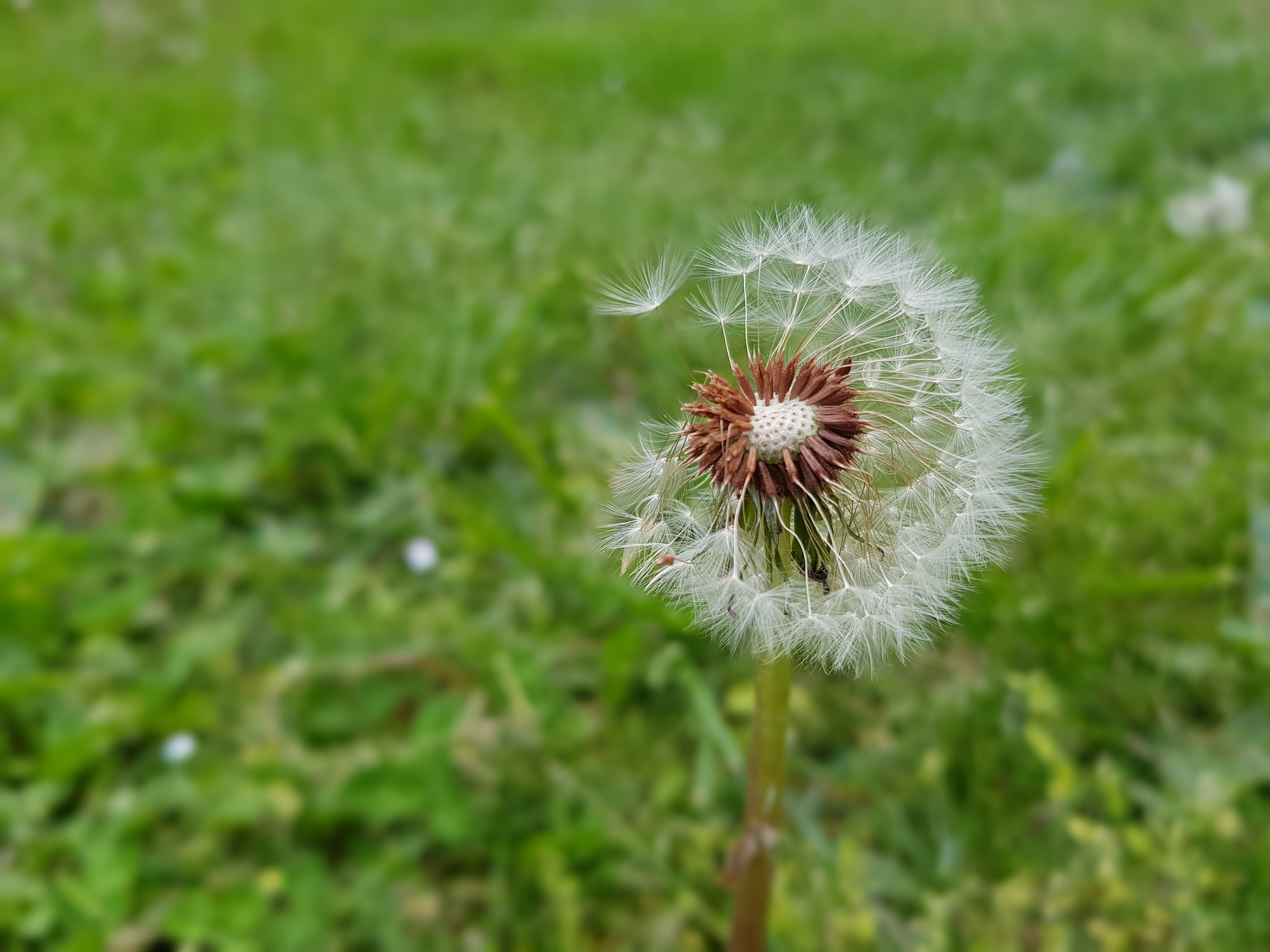 How does Google Photos work? How to make the most of 15GB of free storage? Picture 2
How does Google Photos work? How to make the most of 15GB of free storage? Picture 2
High quality photo (4032 x 3024 = 12.19 MP; 1.05 MB)
As you can see, the image is not reduced in size, but the size is drastically reduced from more than 16MB to just over 1MB. Thanks to Google's intelligent image compression algorithm, the image size has been greatly reduced and you can enjoy this technology for free.
The original file is large because it was taken with Samsung's selective focus feature for close-ups. Google Photos can greatly reduce image size because most images are out of focus allowing Google to compress more in areas of the image with less detail.
Next, let's try to crop two photos to see how much compression Google Photos has applied.
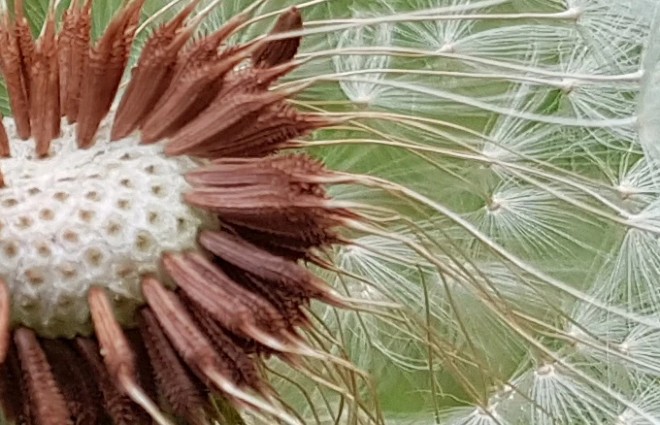 How does Google Photos work? How to make the most of 15GB of free storage? Picture 3
How does Google Photos work? How to make the most of 15GB of free storage? Picture 3
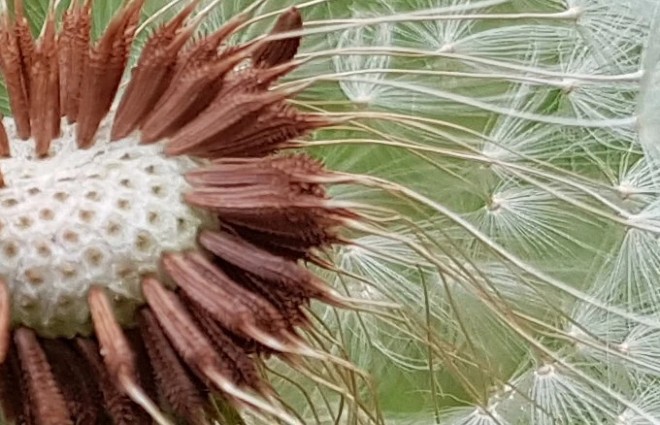 How does Google Photos work? How to make the most of 15GB of free storage? Picture 4
How does Google Photos work? How to make the most of 15GB of free storage? Picture 4
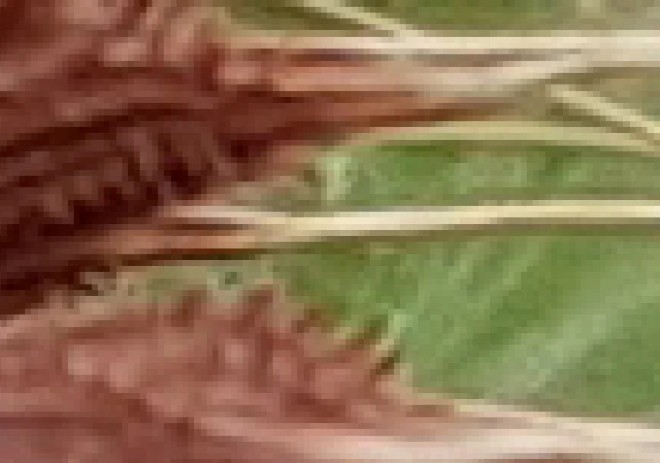 How does Google Photos work? How to make the most of 15GB of free storage? Picture 5
How does Google Photos work? How to make the most of 15GB of free storage? Picture 5
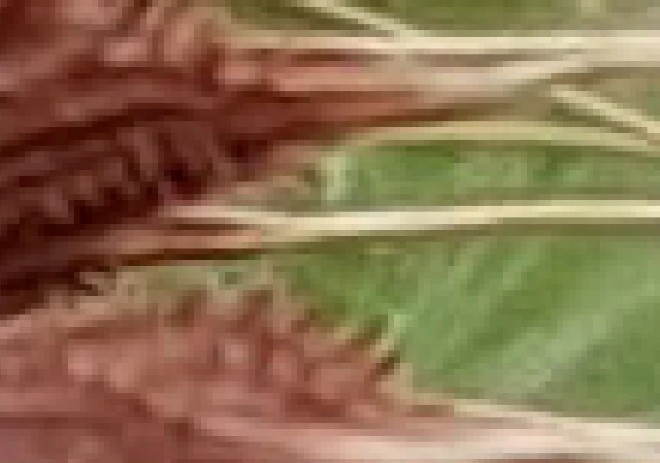 How does Google Photos work? How to make the most of 15GB of free storage? Picture 6
How does Google Photos work? How to make the most of 15GB of free storage? Picture 6
Obviously at 100% crop you won't notice the difference between the original and the compressed image. At the 622% crop, a little difference is just starting to show. However, not many people have the time to zoom in on photos up to 600% for scrutiny.
Let's try again with this photo taken with the Galaxy S8:
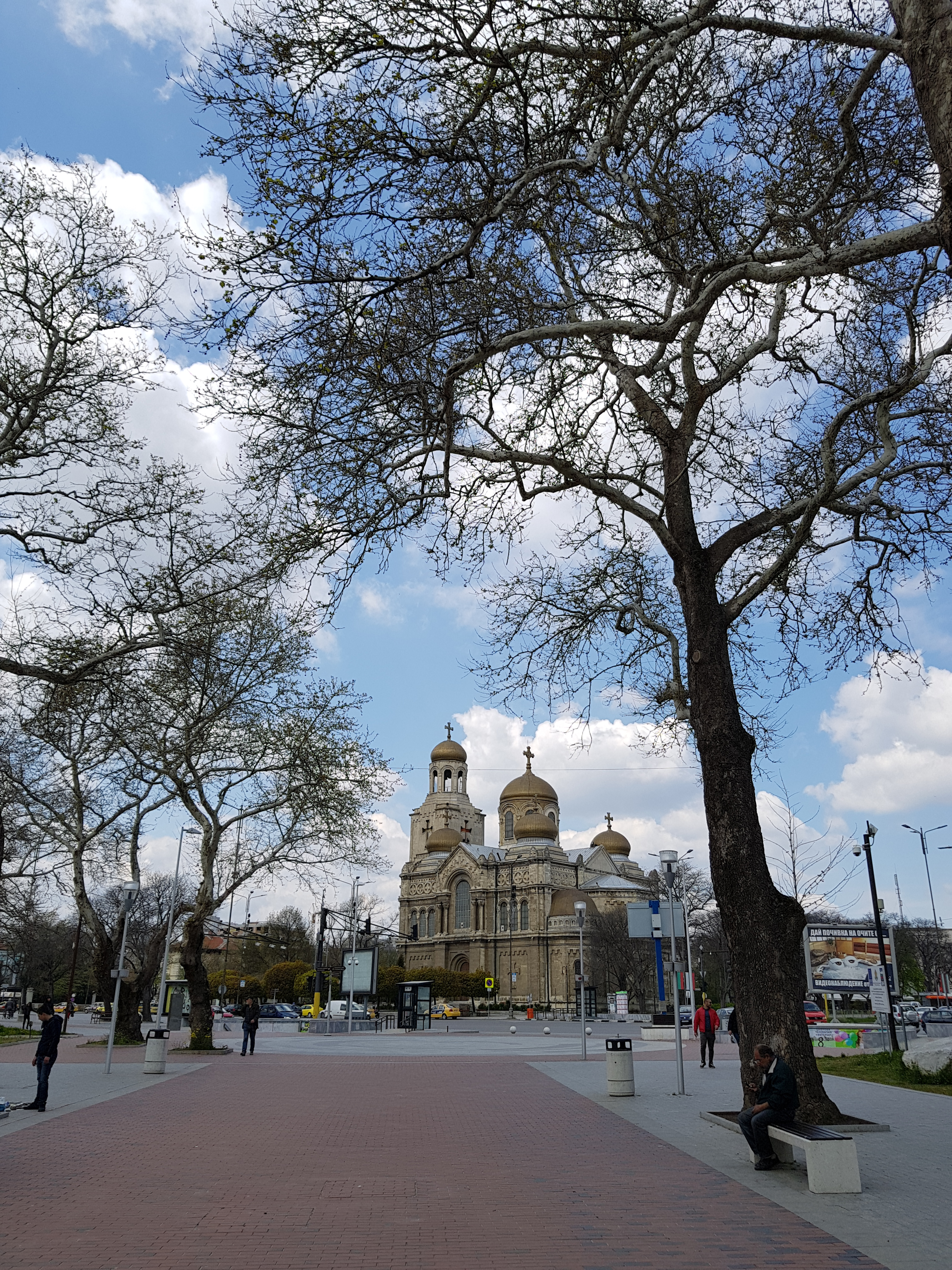 How does Google Photos work? How to make the most of 15GB of free storage? Picture 7
How does Google Photos work? How to make the most of 15GB of free storage? Picture 7
Original Image (3024 x 4032 = 12.19 MP; 7 MB)
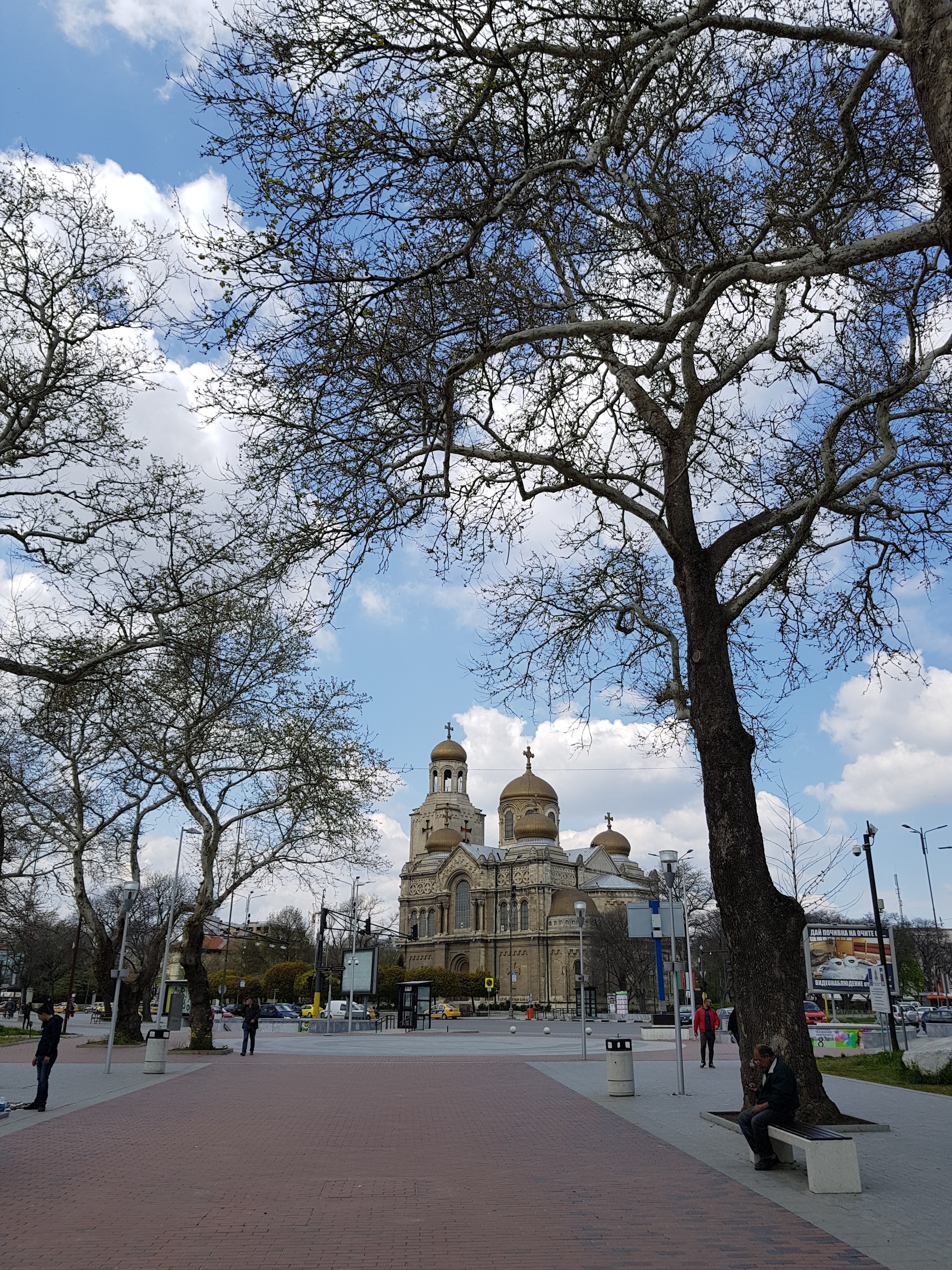 How does Google Photos work? How to make the most of 15GB of free storage? Picture 8
How does Google Photos work? How to make the most of 15GB of free storage? Picture 8
High Quality Photo (2268 x 3024 = 6.86 MP; 2.68 MB)
Interestingly, in this case, although the image is 12.19MP in size and 7MP in size, Google Photos not only reduces the size but also reduces the image size. After compression, the image is reduced in size to 6.86MP and the size is 2.68MP. Of course, the image quality remains the same, you will hardly find the difference in quality without zooming to about 500 to 600%.
Thus, it can be concluded that Google Photos has its own image compression formulas for each type of image. This is towards the general purpose of reducing image size but still ensuring quality. However, this approach will make some people unhappy.
What happens to photos larger than 16MP?
Let's start with the photo taken by the Huawei P10 with a 20MP black and white camera labeled Leica:
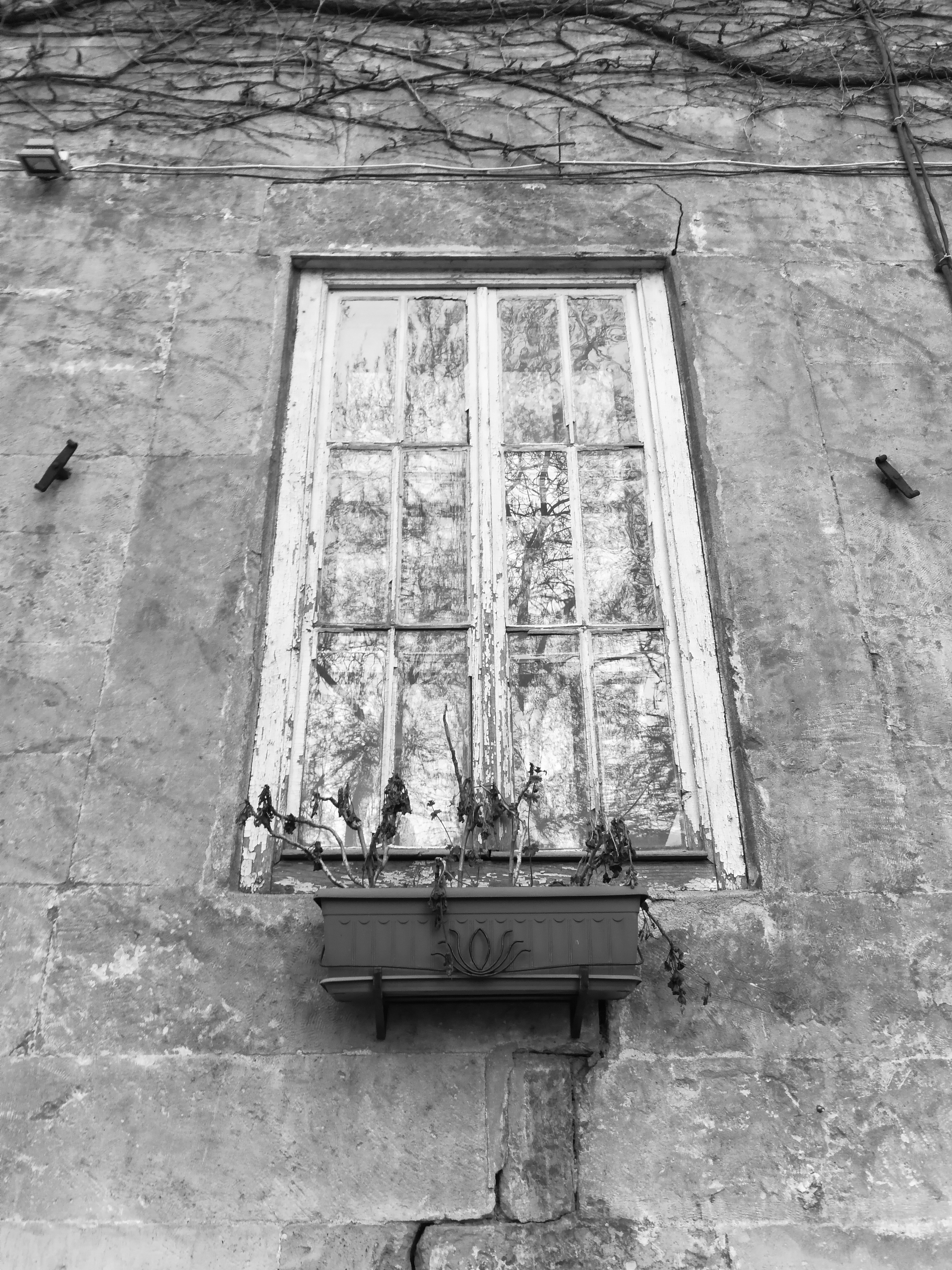 How does Google Photos work? How to make the most of 15GB of free storage? Picture 9
How does Google Photos work? How to make the most of 15GB of free storage? Picture 9
Original Image (3840 x 5120 = 19.66 MP; 8 MB)
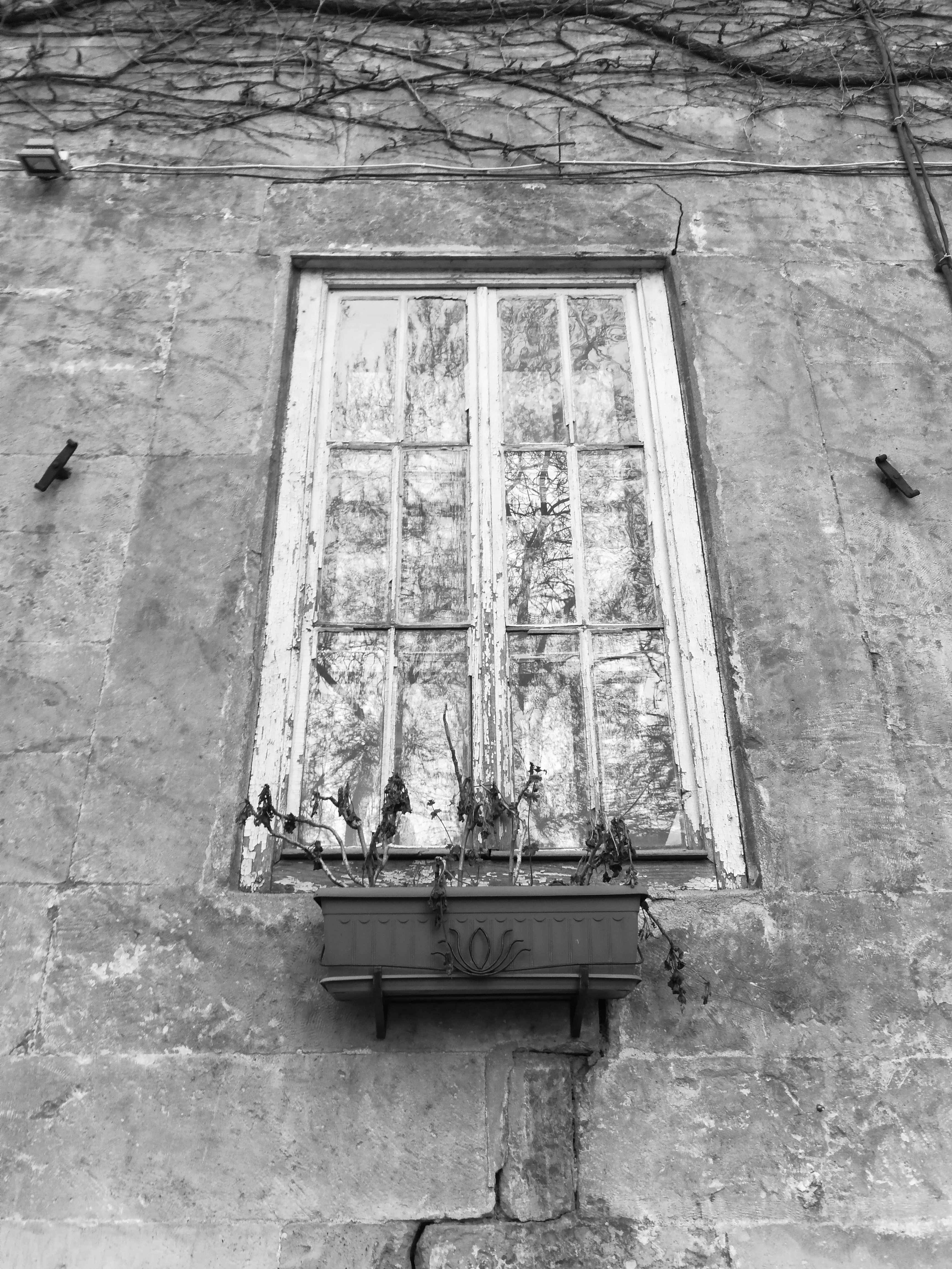 How does Google Photos work? How to make the most of 15GB of free storage? Picture 10
How does Google Photos work? How to make the most of 15GB of free storage? Picture 10
High Quality Photo (3464 x 4618 = 16 MP; 3.95 MB)
This time, the photo was reduced in size to only 16MP, but the size of the image did not decrease as sharply as before. Apart from the reduced image size, we did not notice any loss of detail after the compression process.
Let's see what happens to another black and white photo taken by the Huawei P10:
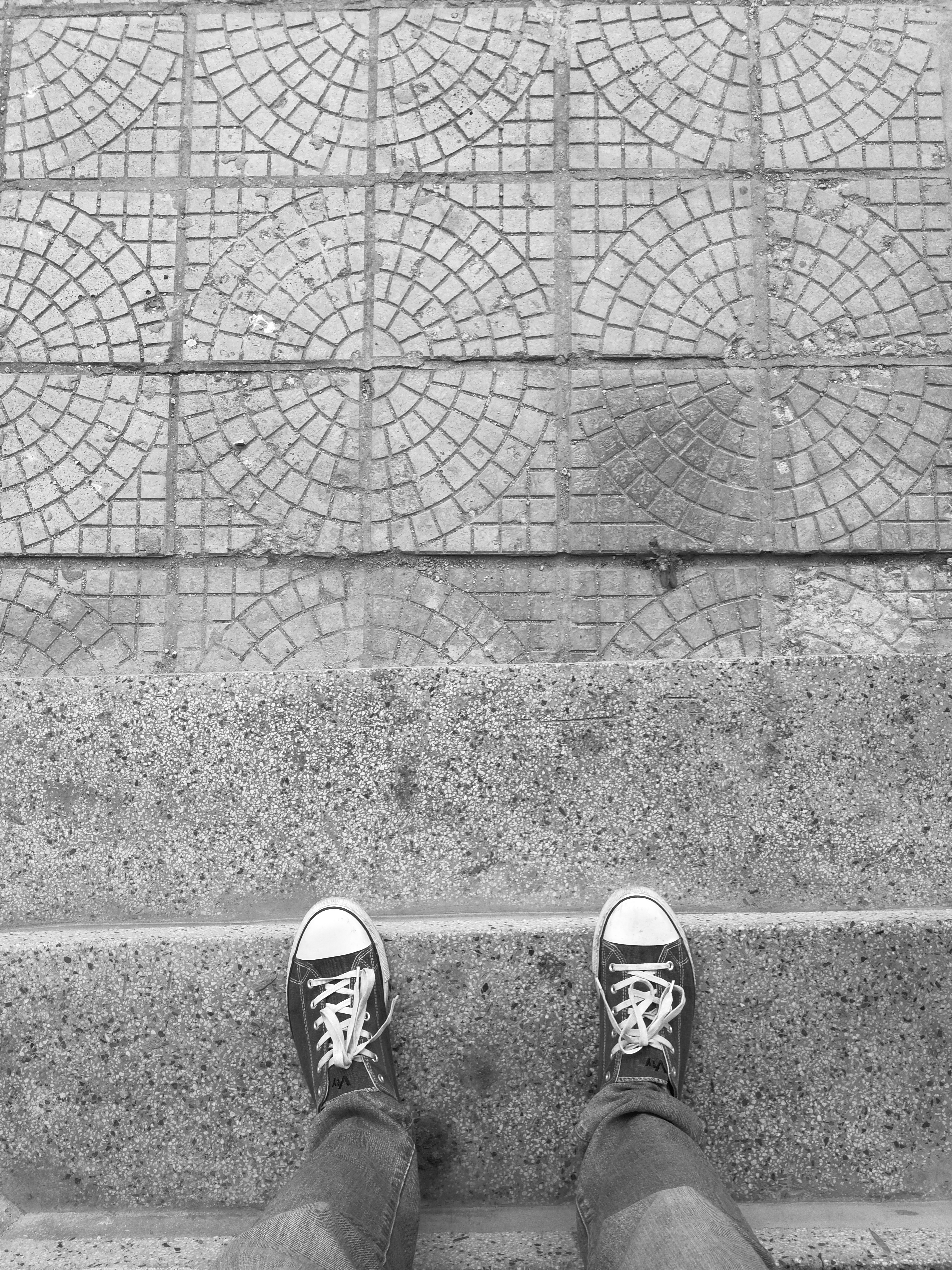 How does Google Photos work? How to make the most of 15GB of free storage? Picture 11 Original Image (3840 x 5120 = 19.66 MP; 9.19 MB)
How does Google Photos work? How to make the most of 15GB of free storage? Picture 11 Original Image (3840 x 5120 = 19.66 MP; 9.19 MB) 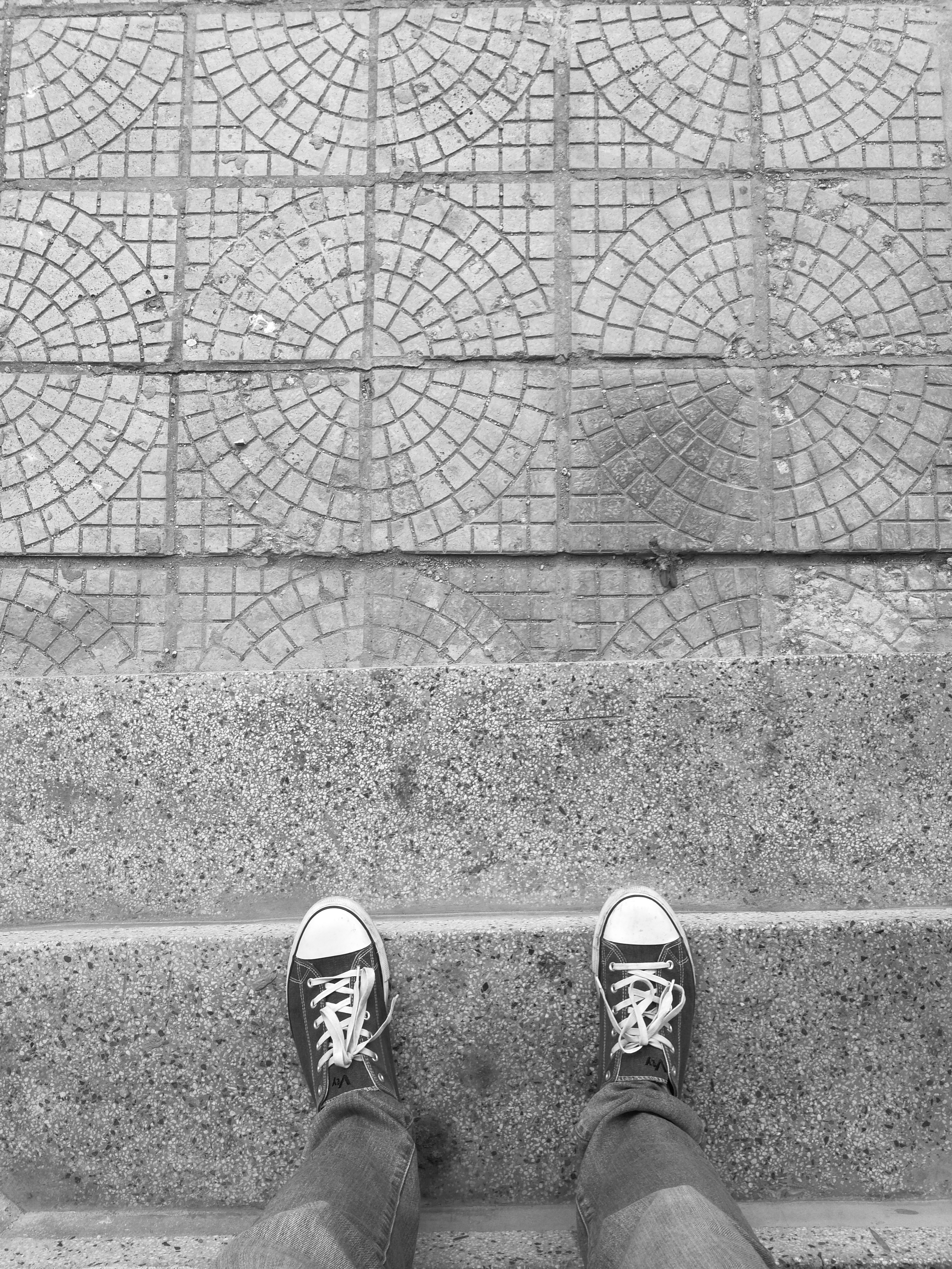 How does Google Photos work? How to make the most of 15GB of free storage? Picture 12
How does Google Photos work? How to make the most of 15GB of free storage? Picture 12
High Quality Photo (3464 x 4618 = 16 MP; 4.93 MB)
The same thing happened again, the photo was resized to the 16MP limit and the image quality was still good. However, when dealing with photos larger than 16MP, Google Photos will slightly change the aspect ratio. For example, the photo above has a 4:3 aspect ratio in its original quality but after compression it seems to have increased a bit in width.
What happens to RAW photos?
Now let's come to another situation: What happens to RAW images when stored on Google Photos with the High Quality option?
With RAW images, even if the size is less than 16MP, they are still compressed and converted to the regular JPEG format. This means that all image sensor data will be lost. If your smartphone has a RAW image capture card, or if you shoot RAW images on a professional camera, don't store it to Google Photos with the High Quality option.
 How does Google Photos work? How to make the most of 15GB of free storage? Picture 13
How does Google Photos work? How to make the most of 15GB of free storage? Picture 13
Original RAW Image
 How does Google Photos work? How to make the most of 15GB of free storage? Picture 14
How does Google Photos work? How to make the most of 15GB of free storage? Picture 14
High Quality RAW Photos Ảnh
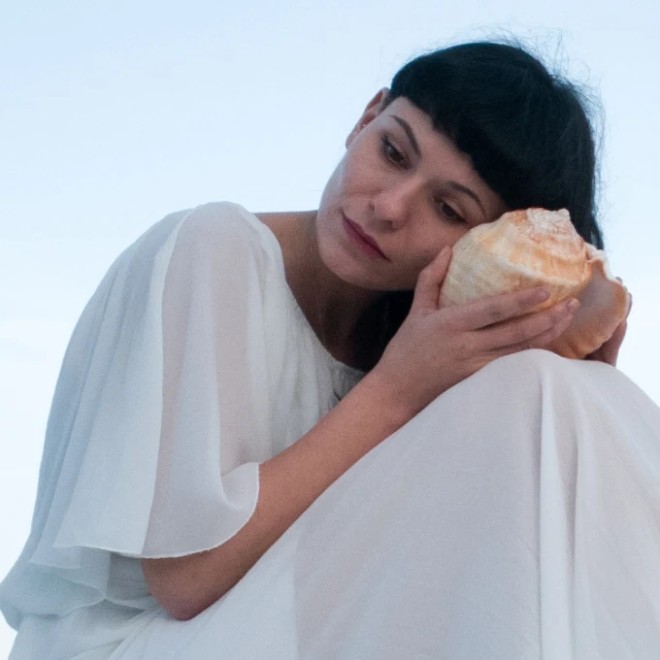 How does Google Photos work? How to make the most of 15GB of free storage? Picture 15
How does Google Photos work? How to make the most of 15GB of free storage? Picture 15
Crop 100% of the Original RAW image
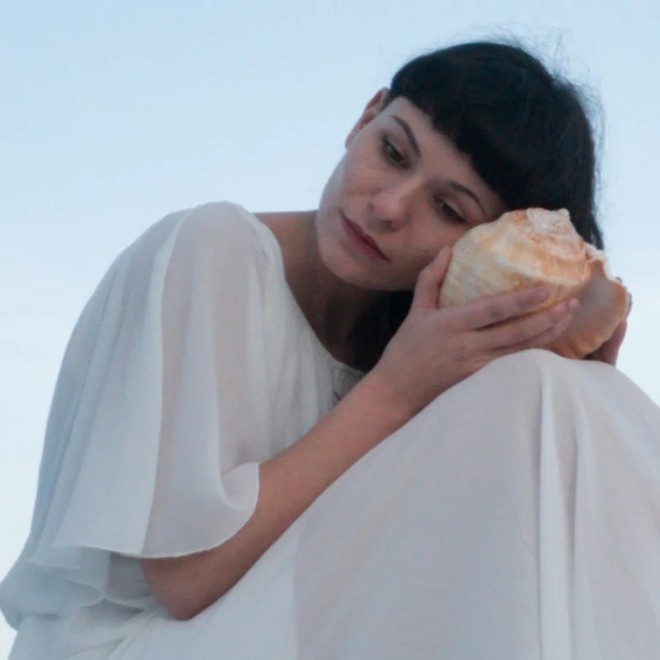 How does Google Photos work? How to make the most of 15GB of free storage? Picture 16
How does Google Photos work? How to make the most of 15GB of free storage? Picture 16
Crop 100% High Quality RAW images
In the test, 23MP DNG photos taken with Huawei P10 were compressed and stored on Google Photos as 820KB JPEG images. Although the resolution is preserved, the capacity is greatly compressed. This causes the overall sharpness of the image to be affected and the colors to be lighter compared to the original image.
Is Google Photos free? Is such free good enough?
Google allows free high-quality photo storage until June 1, 2021. Basically, from June 1, 2021 Google Photos is no longer free.
You will only have 15GB of free storage, shared between all the Google services you use like Drive, Photos, Gmail. When this free space runs out, you'll have to pay to buy it. add or clean up and delete old data.
Regarding image compression, if you just need a place to store everyday photos, photos taken for non-business purposes, storing in Google Photos' High Quality mode is not a bad choice. However, if you need to store original photos, RAW images or large videos, you need to think about the option to save photos/videos in the original quality of Google Photos or use another service.
You should read it
- Instructions for using Google Photos on Windows 10
- Use Google Photos to store unlimited photos
- 22 tips to help you master Google Photos
- Google Photos sends many private videos of some users to strangers due to technical issues
- How to share photos from Google Photos to other accounts
- How to save photos to Google Photos
- How to use Google Photos from AZ for new users
- What can Google Photos Assistant do for you?
- How to export Google Photos library
- 6 tips to free up storage space on Google Photos
- How to create and manage shared albums on Google Photos
- Instructions for deleting commemorative photos in Google Photos

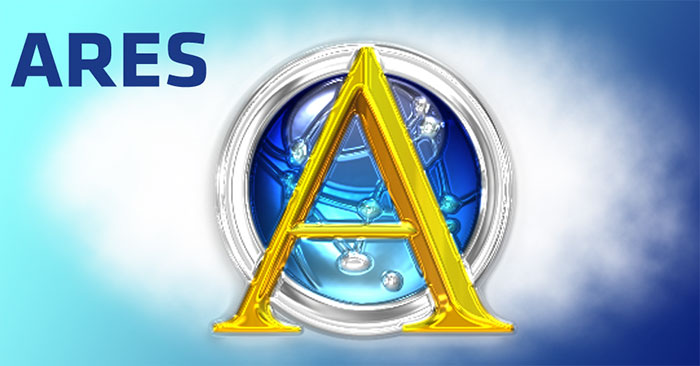


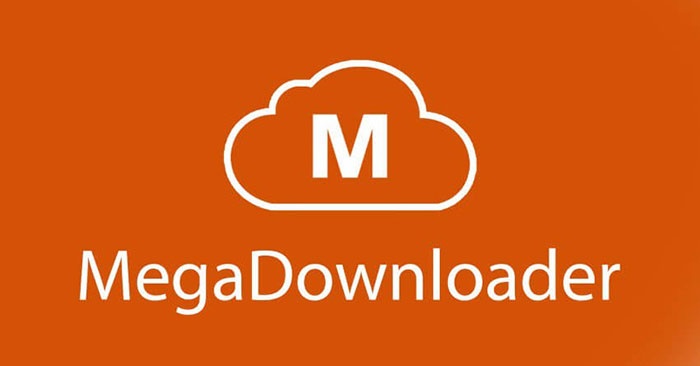

 Tips to increase free storage for Google accounts
Tips to increase free storage for Google accounts How to free up space in Google Drive
How to free up space in Google Drive 7 tips to free up space in Google Drive
7 tips to free up space in Google Drive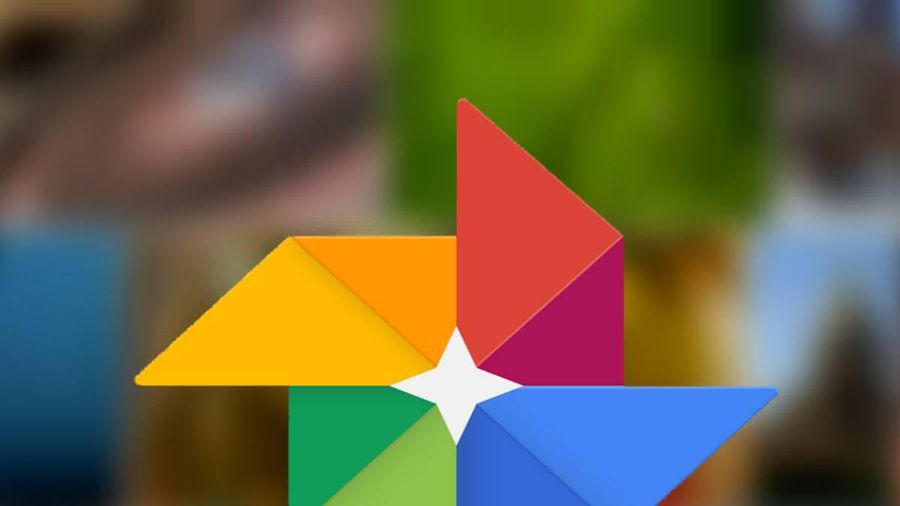 Google Photos officially stops saving photos for free
Google Photos officially stops saving photos for free 6 tips to free up storage space on Google Photos
6 tips to free up storage space on Google Photos How to download all photos stored from Google Photos to your computer
How to download all photos stored from Google Photos to your computer